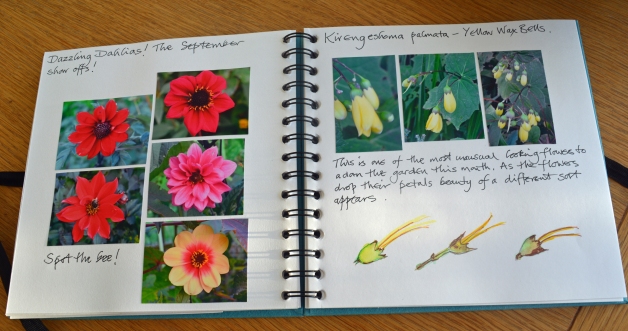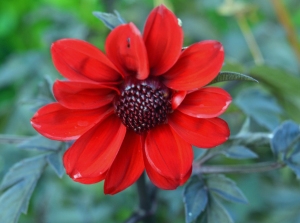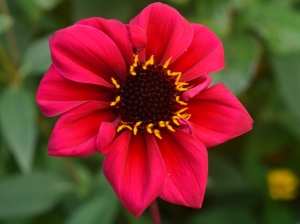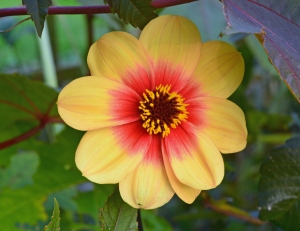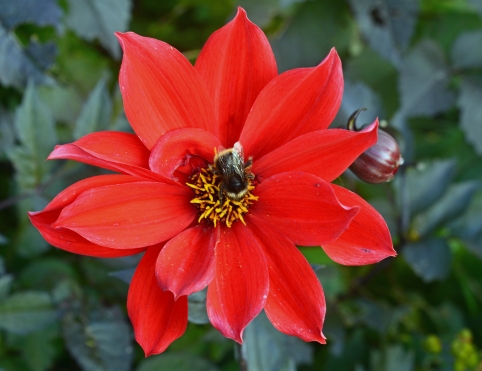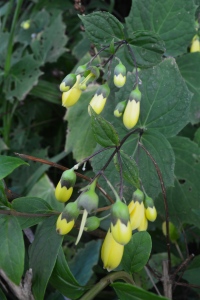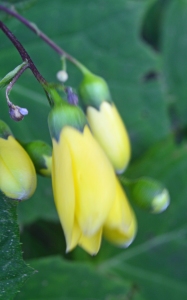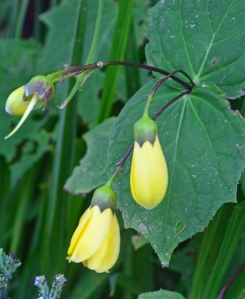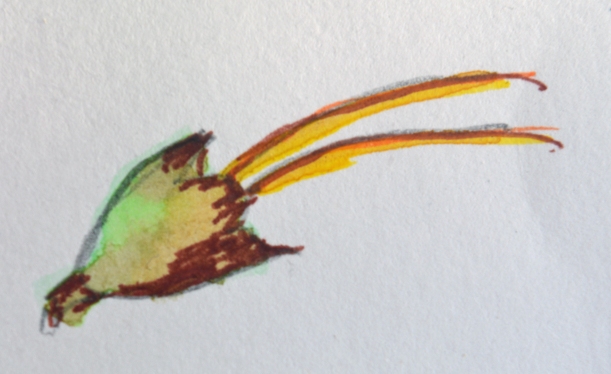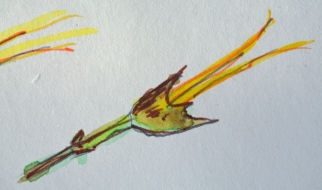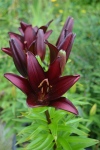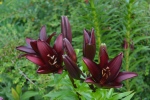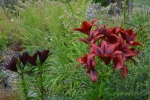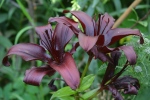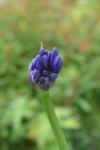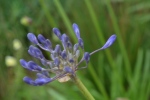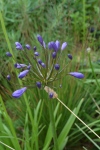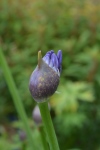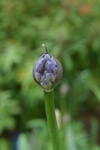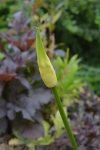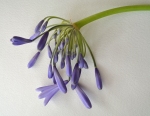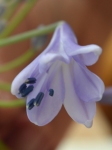Welcome to the final monthly look inside my Garden Journal 2016, when we see what I entered in it during the month of December. Then it will be time to close the 2017 Garden Journal for now, but we share all the journals with our garden visitors on our open days so they regularly get a fresh airing.

“December, the month with the shortest days, the sun getting up late and retiring early. On sunny days the light emphasises the texture and colour on the bark of our trees, which have stark networks of branches looking skeletal and see-through.”
“The colours and textures of our snake-bark maple, Acer rufinerve, become much more visible in the low sunlight of December. Every branch is different. The texture roughens the lower down we look.”





My entries for December continue to consider the trees of our garden, “During our 13 years developing our patch at Avocet, we have continued to increase our selection of small trees. Having just a quarter acre of garden to play with and paint our pictures with plants, we have to choose trees carefully. We have to be careful of the shadows cast and the size and spread of the canopies. I thought it would be fun to list all the trees that now grace our garden from those we planted 13 years ago to tiny seed-grown specimens still in their pots. So I shall take a journey around the garden and find and list of our trees.
In addition to selecting trees for their growth habit we look for more than one season of interest. We linked interesting foliage shapes with good autumn colour, and interesting bark colour with texture. Many of our trees also afforded us the add interest of berries in many colours for us to enjoy in the late summer/autumn and birds to devour in the winter.”
Turning over the page we discover a group of 6 photographs I took in November with the intention of taking the same shots from the same places in December to see how things change.
“In November I took these 6 shots of places that looked good around the Avocet Garden. I have now taken them again from the same location to show how things change in a month.”



November December


November December


November December


November December


November December


November December
I thought it would be fun to look at the bark of lots of our trees, both their colours and textures, so took close up photos of sections of the tree trunks.

I wrote, “We are enjoying the varied texture and colour of the bark on our trees. The sun is at its lowest in the sky this month which emphasises the interesting aspects of bark.”

 Prunus serrula
Prunus serrula Betula albosinensis Septentronalis
Betula albosinensis Septentronalis

 Three Salix
Three Salix
Salix trifolia “Blue Streak”, Salix erythroflexuosa, Salix alba “Brizensis” (our own selection we call “Wendy’s Orange”)
I can now share some close up shots of the bark detail of some of our trees.



Oullins Gage Liquidamber Damson



Strawberry Tree Morello Cherry Cornelian Cherry



Crataegus i. splendens Quince Vranja Prunus Sub. autumnalis
I then took a look back at my December entries of my first ever garden journal and found the words, “Let’s have our look back at my December entry in my first ever garden journal. I wrote, “Visited David Austin Roses nursery to buy roses for obelisks and arches. We did this but also bought nine shrubs for winter colour plus an Arum italicum “Marmoratum” and two willow trees.” All of these plants are still going strong and playing important roles in our garden borders, with the exception of an acer, Acer pennsylvanica Ethrocadum, which sadly succumbed to “an overly strong rootstock and unobservant gardeners!”


Two other plants from our original batch of plantings back at the beginnings of the Avocet patch are looking particularly good now and are strong performers.
Mahonia “Winter Sun”,



and Pittosporum “Garnettii”



Over the next page we find my look at winter structure, where I wrote “December is the month that reveals the importance of structure in the garden. Teextures, light and shade, view points, invitation, archways, pathways, box balls, cloud pruning, entries and exits.”







I then included a set of five photos illustrating, as I wrote, “structures revealed as leaves fall and plants die back.”






We have taken a close look at our Agapanthus collection on occasion over the last few months in my journal and promised a final look in December, so here is “the return visit to our Agapanthus collection” which I have linked with a page of photos of our collection of Libertias sharing my pics of their “berries and seeds” and their “sword-like foliage.”







Libertias ………………………






December is the month guaranteed to surprise! End of year surprises! Winter months do have a tendacy to throw up their special surprises, those flowers that pop up out of season to cheer us up with their colour that sparkles in the greyness of the depth of the season.







Inside the back cover of my now completely full garden journal, I have glued my tree list that readers can pull out to study if they wish.

In the tree list I wandered around the garden from front to back recording all the hardwood plants classified as trees rather than shrubs, making allowances for our particular methods of pruning some shrubs into small trees. I recorded their seasons of interest and their main points of interest or reasons for growing them in our garden.

The Avocet Tree List gave us a bit of an extra December surprise for when we added up the tree list to see how many trees we have planted here in our beautiful patch of land which is our garden at Avocet. The count revealed that we have planted exactly 50 trees during the last 13 years. That is a lot of tree for a quarter acre but every one is so special to us, like a big expanded woody family.
So that is my 2016 Garden Journal. I hope you have enjoyed sharing it with me. Next year I shall create another Garden Journal the format of which is still being worked on. I shall share it with you again.
















































































































 Prunus serrula
Prunus serrula Betula albosinensis Septentronalis
Betula albosinensis Septentronalis

 Three Salix
Three Salix



















































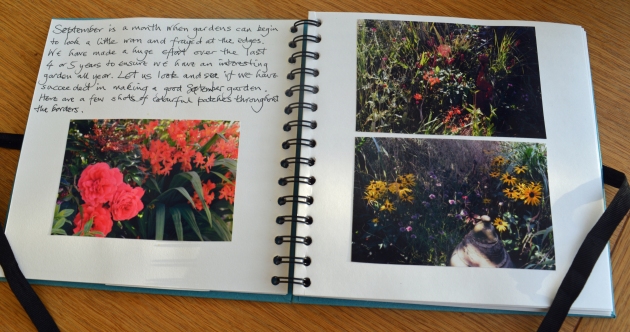
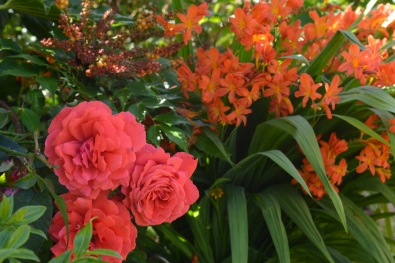
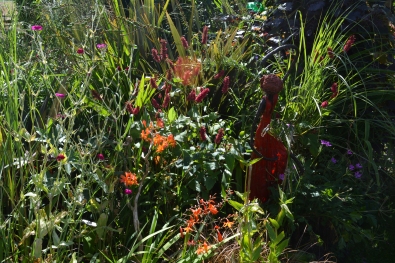
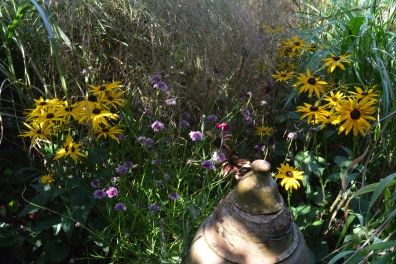
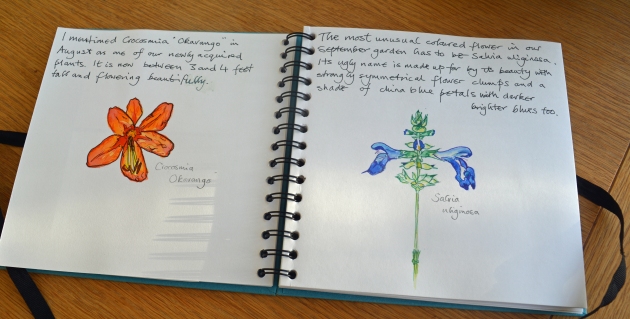
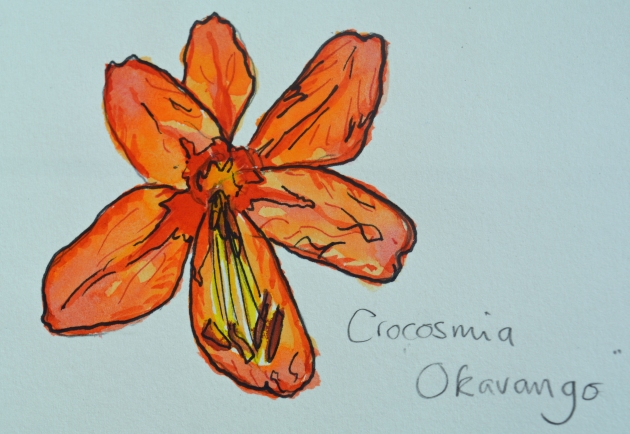
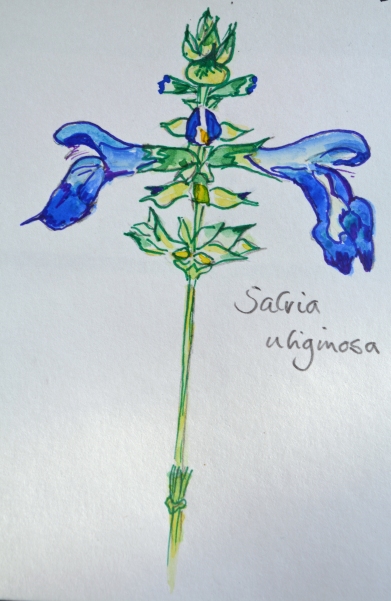
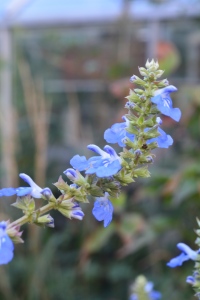


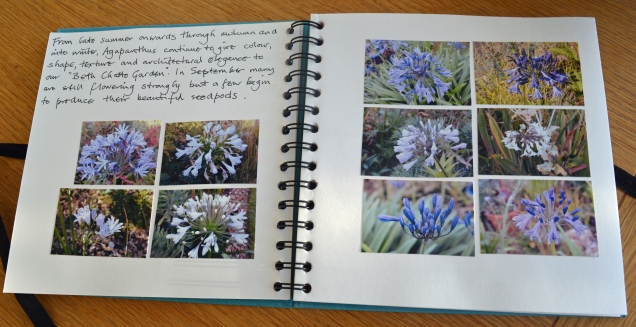
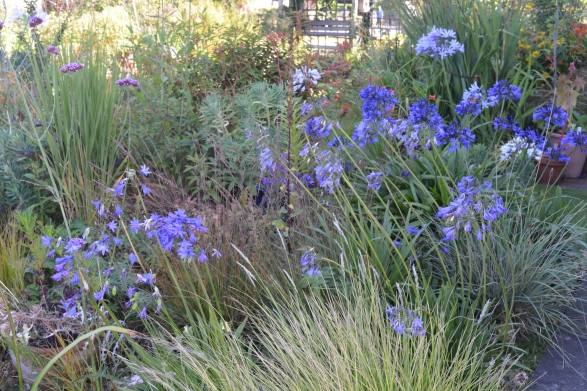
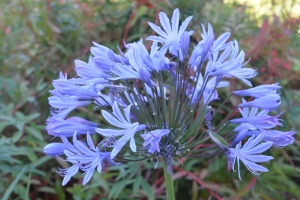
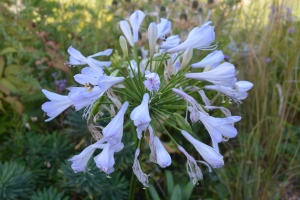
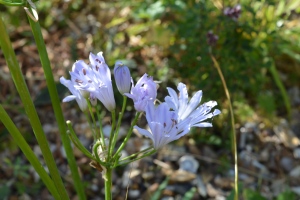
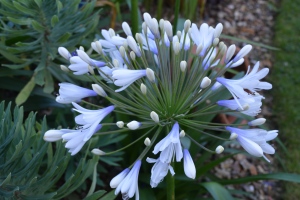
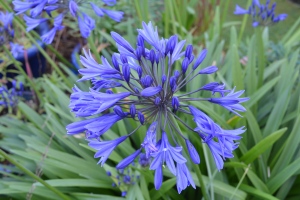
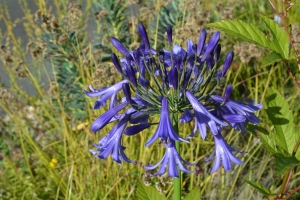
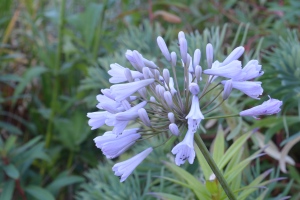
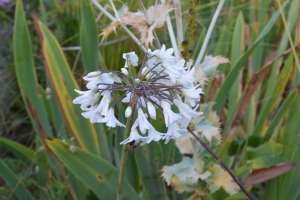
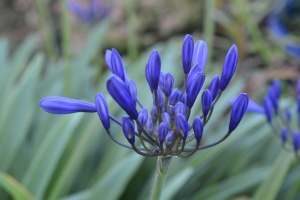

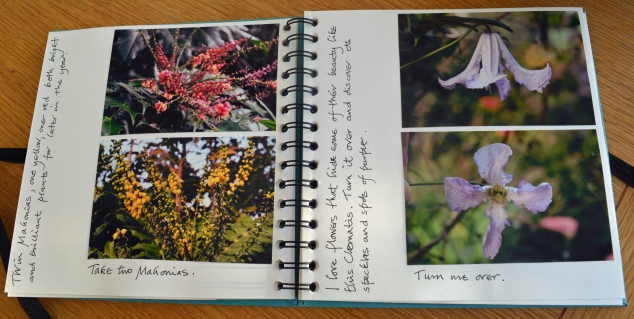


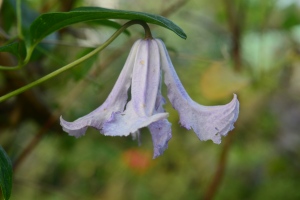
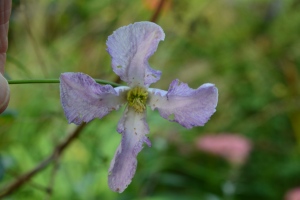

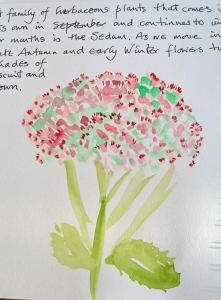

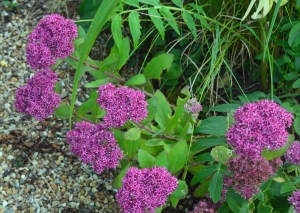
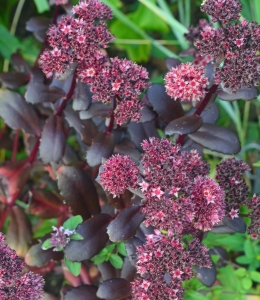
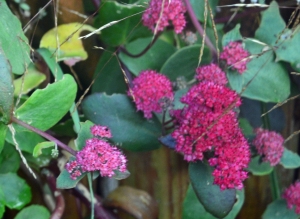
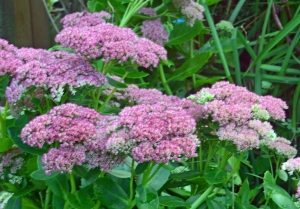
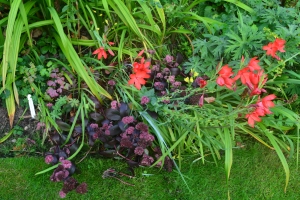
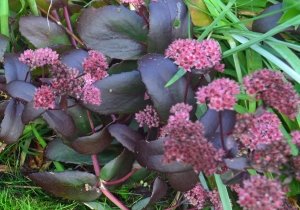
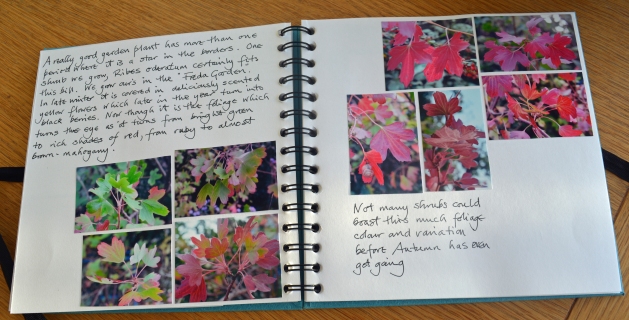
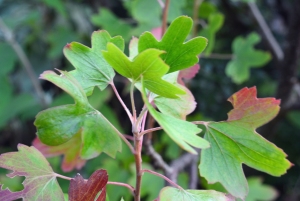
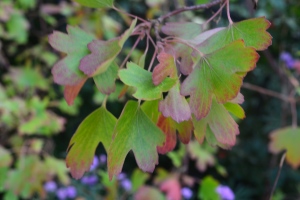
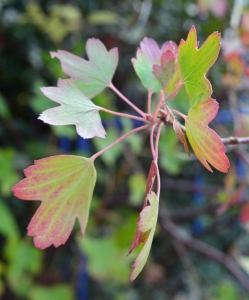
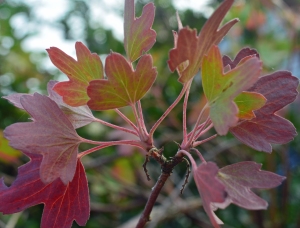
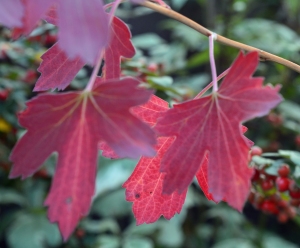

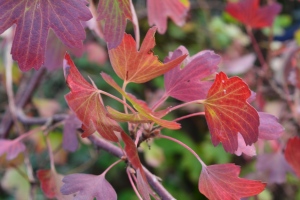
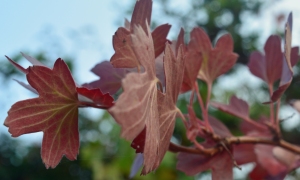
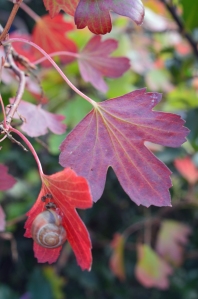 Can you spot the colour co-ordinated banded snail on a leaf in the last picture of the Ribes leaf sequence?
Can you spot the colour co-ordinated banded snail on a leaf in the last picture of the Ribes leaf sequence?